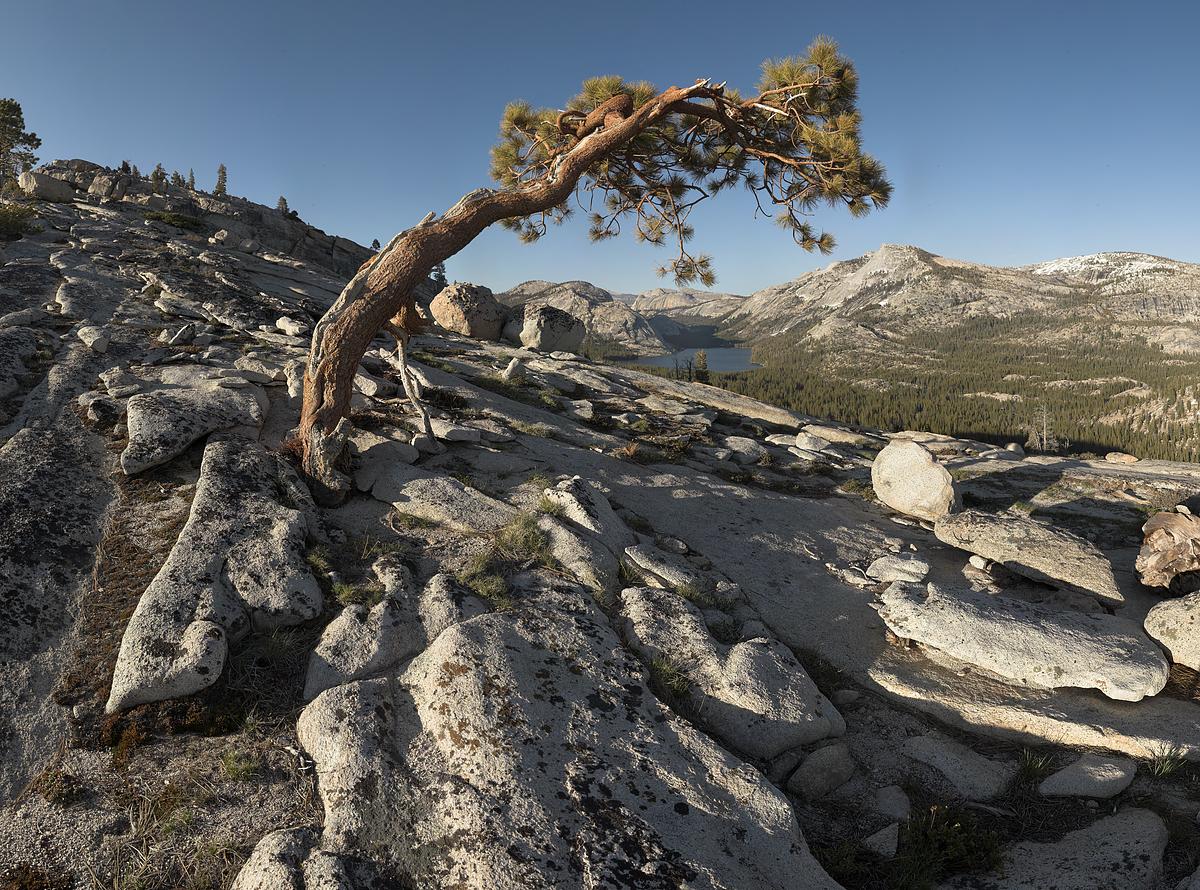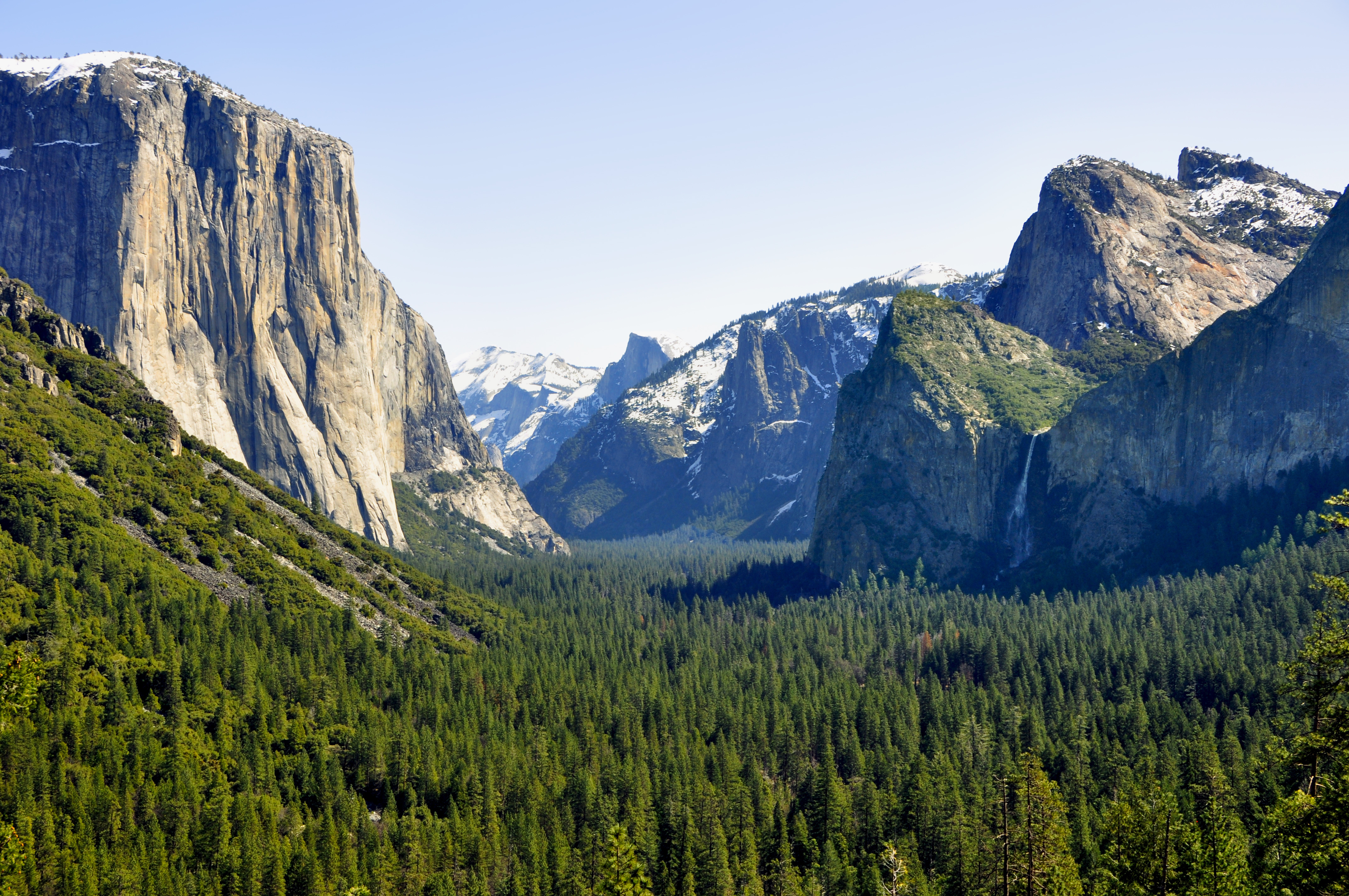How to Photograph Yosemite Like a Pro
Situated in the Sierra Nevada mountain range in east central California, the boundaries of Yosemite National Park envelope more than 1,200 square miles of wilderness, including monolithic granite faces, lush grasslands, magnificent forests, tranquil lakes, and thundering waterfalls. A mere 195 miles from the San Francisco Bay area, this photographer’s dream is populated by giant sequoia trees, more than 250 species of birds, and animals of many kinds. For the amateur and professional alike, there are certain aspects of photography that will always be vital to capturing beautiful portraits, and the park provides those aspects in a multitude of locations.
Epic Background
Tuolumne Meadows offers the perfect backdrop of giant domes scraping the sky while the Tuolumne River meanders its way through the open foreground. The wildflowers of late summer will add a bit of extraordinary beauty. Placid lake scenes always photograph well with a stunning peak in the background, and a late summer hike up the Cathedral Lakes Trailhead will reveal that perfect background. Even the novice photographer can capture the scene across Upper Lake with Cathedral Peak rising behind it. And a springtime visit to Mirror Lake will provide a fabulous portrait of Half Dome reigning prominently over the lake and simultaneously reflecting on the surface of the water.

Source: Wikicommons
The Giant Staircase is created by the Merced River as it cascades 594 feet over Nevada Fall and then 317 feet over Vernal Fall. In places the water is gentle and quiet and in others it is dramatic and powerful. The Vernal Fall foot bridge provides an excellent angle for pictures. Sentinel Bridge offers the supreme vantage point to compose a classic reflection portrait of the majestic Half Dome. The Tunnel View overlook at Yosemite Valley’s western entrance reveals an unparalleled panorama of El Capitan, Half Dome, and Bridalveil Fall sandwiched between a carpet of pine forest and the limitless blue sky.

Source: Tawbaware.com/maxlyons
Depth of Field
Glacier Point offers a spectacular view down into Yosemite Valley juxtaposed with the iconic Half Dome where the angle of the sun can bring out all the texture and the nuances of color in this ancient rock formation. With the correct equipment, a skilled photographer may capture the breathless solitude provided by a clear night sky and a magnificent full moon. The elevation of the Olmstead Point viewing area on Tioga Road also gives a wonderful perspective of Half Dome. A photograph taken from the Valley View lookout will capture the monumental El Capitan and the Cathedral Rocks and Spires with the serenity of the Merced River to balance the scene.
Creative Framing

Source: FoundTheWorld.com
Highway 120 takes a scenic route known as Tioga Road through the park. It runs past lea and forest, lake and mountain, and offers numerous overlooks from which the visitor can frame postcard perfect shots of the beautiful countryside. The 620-foot Bridalveil Fall is superb in its own beauty and, when framed from the Tunnel View Overlook, that beauty is accentuated by the grand granite sculptures of Half Dome and El Capitan on either side.
Interesting Lighting
As the sun sets over Yosemite National Park, impressive photos can be taken of Cathedral Rocks, Half Dome, Sentinel Rock, and the Yosemite Falls area. And for an ethereal view of El Capitan at sunset, the Cathedral Beach picnic area is the perfect location. A variety of bird species can be photographed in the warm sun beams of Cook’s Meadow. In late February, the setting sun emblazons Horsetail Fall with exceptional brilliance as it flows 1,000 feet down the side of El Capitan.

Source: Chase Lindberg/Flickr
A paved walking path leads to the bottom of Yosemite Falls which, at 2,425 feet, is the highest waterfall in North America. Although the falls can be seen from several areas of the park, photographing it from the base gives it a breathtaking angle which includes the Middle Cascades and the Upper Fall. Mariposa Grove is the largest stand of the monumental sequoia trees in the park. Photographed from the ground looking skyward, or photographed laterally with a fellow traveler in the frame to create scale, these imposing trees make awe-inspiring subjects. The 210-foot Grizzly Giant is the tallest sequoia in the grove.